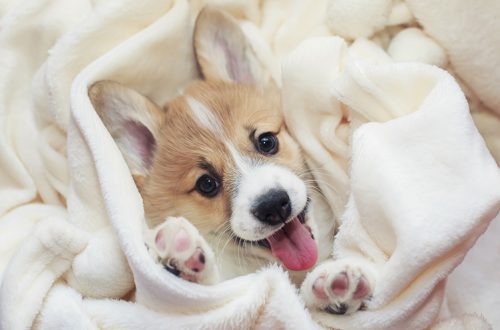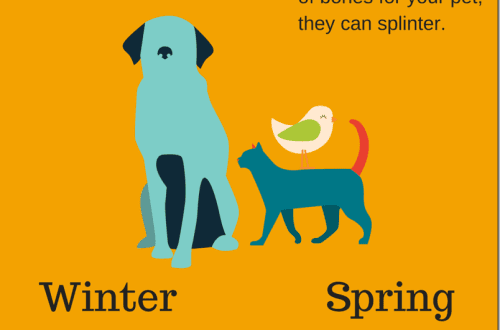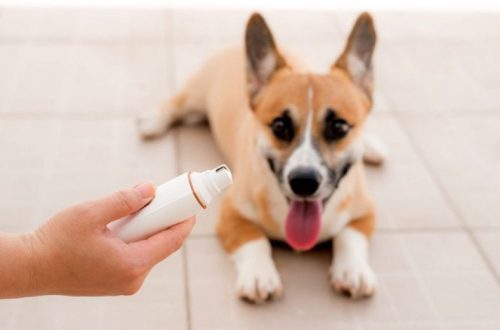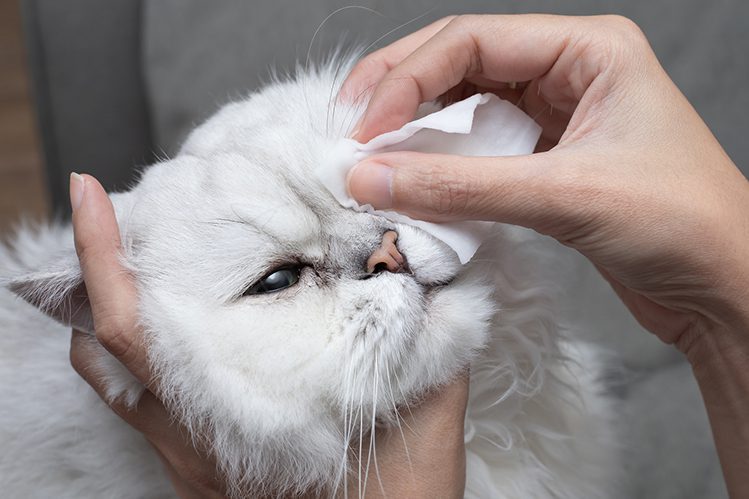
Tear ducts in dogs and cats
Lisa recently adopted a cute Pomeranian. She tried to provide ideal conditions for him and in general pays a lot of attention to the crumbs. Everything would be fine, but there is one problem: the pet has tear ducts all the time. It is worth removing them – and they appear again. And sometimes brown marks remain in their place, which spoil the appearance of the dog. It seems that the Pomeranian himself does not suffer from tear ducts at all, but why do they appear? What if this is a wake-up call that something is wrong with health? What to do to restore the muzzle of a well-groomed appearance? About this in our article.
Most often, dogs with flat and short muzzles suffer from tear ducts: French bulldogs, pugs, Pekingese, Affenpinschers, Pomeranian, Yorkies, Maltese. As well as brachycephalic cats (with flat muzzles): Persian, exotic.
However, absolutely any pet can face this problem: regardless of breed, age and state of health.
Tears can appear in a pet once: for example, after a walk in windy weather or if the dog has just taken out a ball from under the most secluded (and dusty) corner of the apartment. In this case, the discharge can be easily removed with a swab and cleansing lotion around the eyes.
In other pets, tear ducts can occur almost constantly. And if the coat is light, then brown marks remain in place of the tracks. Is this the norm? Only a veterinarian can answer this question by examining the pet and collecting its history.
There are a lot of reasons for tearing and the appearance of tear ducts. Perhaps your dog or cat has a special muzzle structure (like a brachycephalic) and watery eyes due to a breed tendency. Perhaps this is how the mucous membrane reacts to bad weather. Or perhaps it is an injury, an allergic disease, or problems with the nasolacrimal canal or vision.
Most often, the cause of tear ducts is either a breed tendency or an allergic reaction to a wide variety of irritants, ranging from house dust to inappropriate protein in the diet or treats.
In any case, you will need to consult a veterinarian. Even if we are talking about breed characteristics, and not about a disease, a veterinarian will help you choose the right care for your pet, which will completely eliminate or minimize the problem.

Any owner is alarmed by the lacrimal ducts on the pet’s face. Dogs and cats do not look well-groomed, and brown marks may remain on light coats. How to restore a healthy appearance to a pet?
The main thing is to correctly recognize the cause of tearing and choose gentle means to care for the muzzle. If your dog has a reaction to a new food, you can clean his eyes as much as you like, but they will still water.
Many owners want to remove the tear ducts once and for all in one procedure. Therefore, they choose the strongest cleaning and bleaching products for wool. But the problem could get worse.
Aggressive products are harmful to the pet’s skin. In addition to tear ducts, you run the risk of dry skin, dandruff, dermatitis, allergic reactions, and deterioration in coat quality.
It is better not to try to remove the tear ducts today, by all means. Careful and gentle care is important here. It may not give an immediate result, but over time the problem will go away without the slightest harm to your pet.
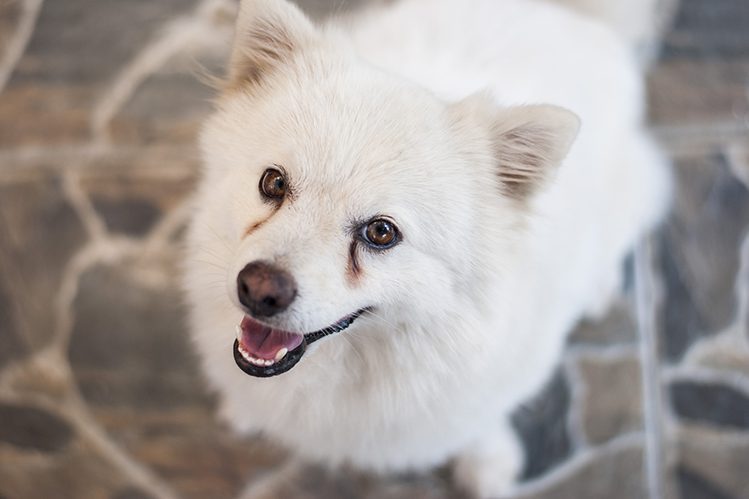
You visited the veterinarian and now you know why your pet has tear ducts. Now your task is to follow the recommendations of the specialist and carefully care for the pet’s muzzle: properly clean the eyes and remove discharge from the coat. What is needed for this?
We choose exclusively professional, “soft” cosmetics for dogs and cats. Never use your own shampoo, soap or other non-pet friendly products. Aggressive bleaching agents are also put aside.
To combat tear ducts, you will need:
special lotion for cleaning the eyes and the area under the eyes;
clean gauze pads (separate for each eye);
special shampoo or soap to protect the coat from oxidation and eliminate brown spots (such as ISB Traditional Line Diamonds). Such funds help restore a bright natural color;
patience, care and love.
It will be very useful to enlist the help of an experienced groomer who works specifically with your breed. He knows all the intricacies of pet care and can help with practical advice.
And we wish your pets the most well-groomed, happy muzzles. Rejoice each other!



